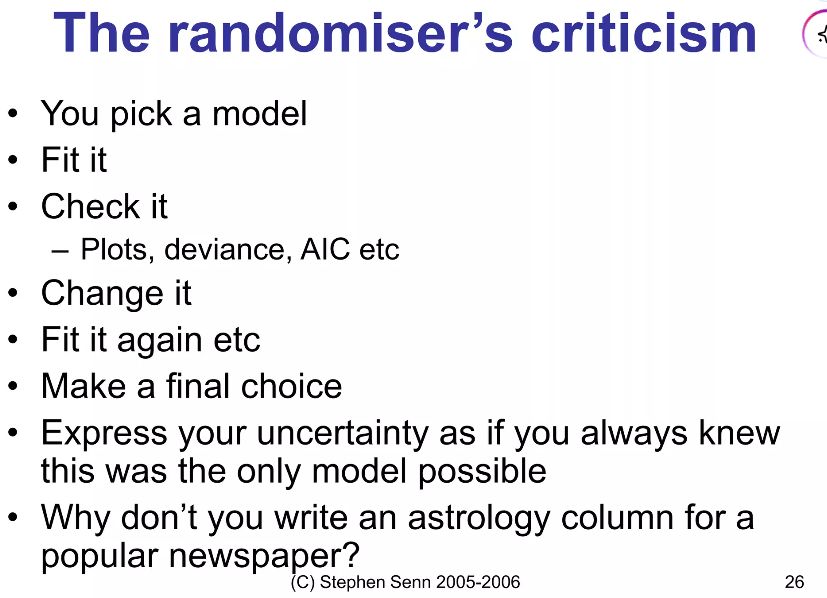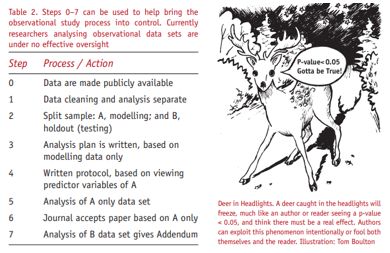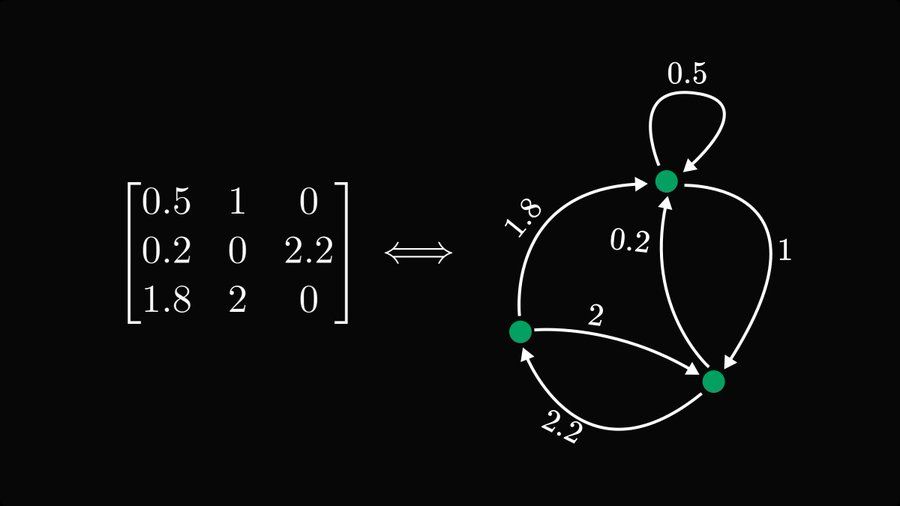



than he was with estimated parameters, but in 1942 he wrote a couplet that sounds very much like a poet's perception of a confidence interval: #statistics #statssky #academicsky

than he was with estimated parameters, but in 1942 he wrote a couplet that sounds very much like a poet's perception of a confidence interval: #statistics #statssky #academicsky










#datascience #StatsSky #statistics #Academics

#datascience #StatsSky #statistics #Academics
(like 0<y<x−1) and how we compute their probabilities via double integrals.
In principle, Green’s theorem could turn that into a line integral around the boundary — so why don’t we ever do that? Loss of probabilistic meaning, or just unnecessary machinery?

(like 0<y<x−1) and how we compute their probabilities via double integrals.
In principle, Green’s theorem could turn that into a line integral around the boundary — so why don’t we ever do that? Loss of probabilistic meaning, or just unnecessary machinery?

1. Peer reviewers are volunteers.
2. Map all comments to actions.
3. Address all comments.
4. Focus on improving your paper, instead of arguing.
5. Rarely, and only with strong defense, say no.
6. Don’t take things personally.
7. Avoid recreational revisions.

1. Peer reviewers are volunteers.
2. Map all comments to actions.
3. Address all comments.
4. Focus on improving your paper, instead of arguing.
5. Rarely, and only with strong defense, say no.
6. Don’t take things personally.
7. Avoid recreational revisions.


Encoding matrices as graphs is a cheat code, making complex behavior simple to study. #Statistics #Mathemathis #Math
Excellent example from @tivadardanka.bsky.social

Encoding matrices as graphs is a cheat code, making complex behavior simple to study. #Statistics #Mathemathis #Math
Excellent example from @tivadardanka.bsky.social




